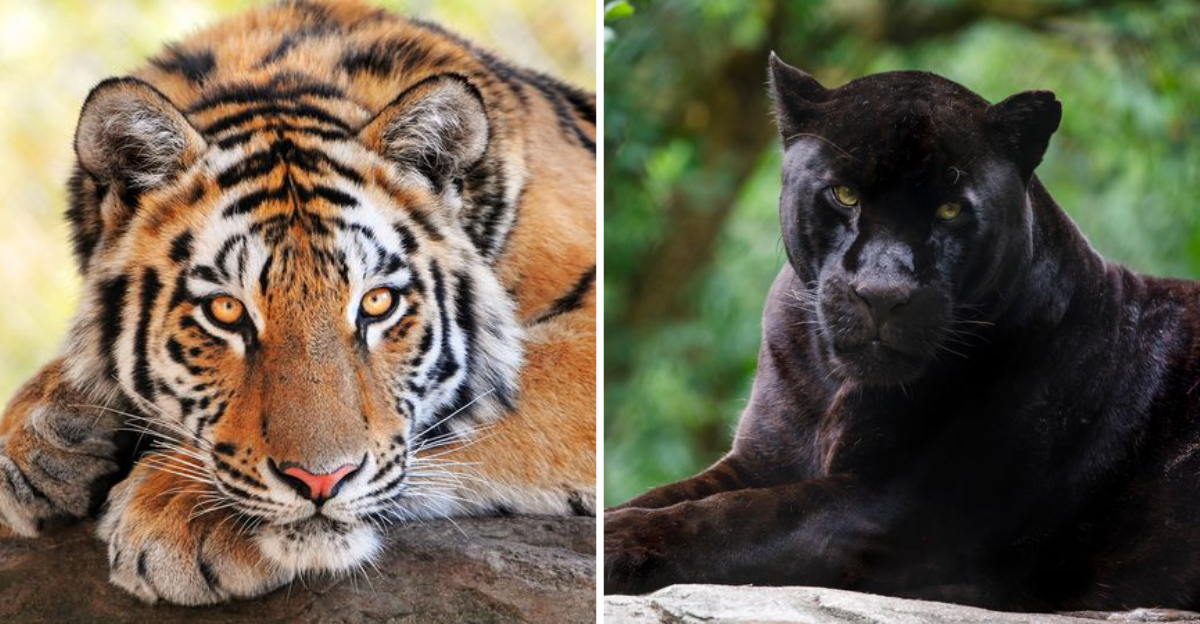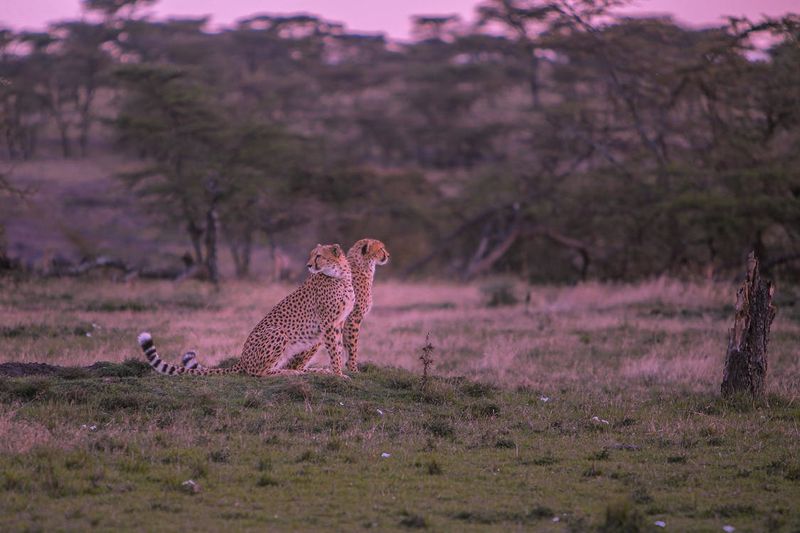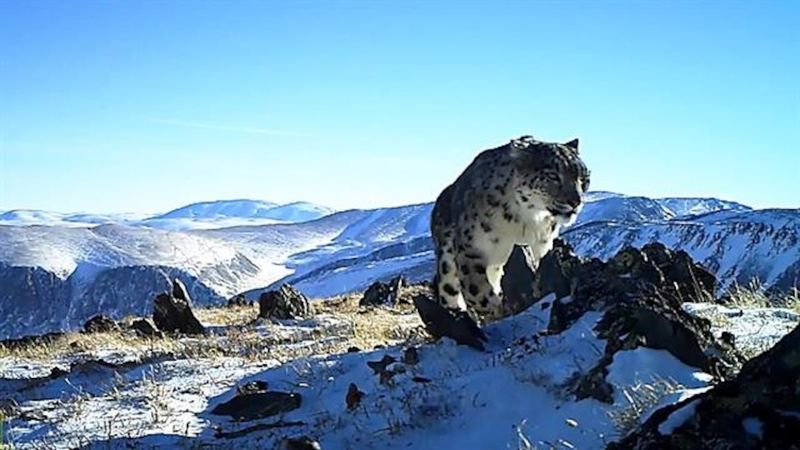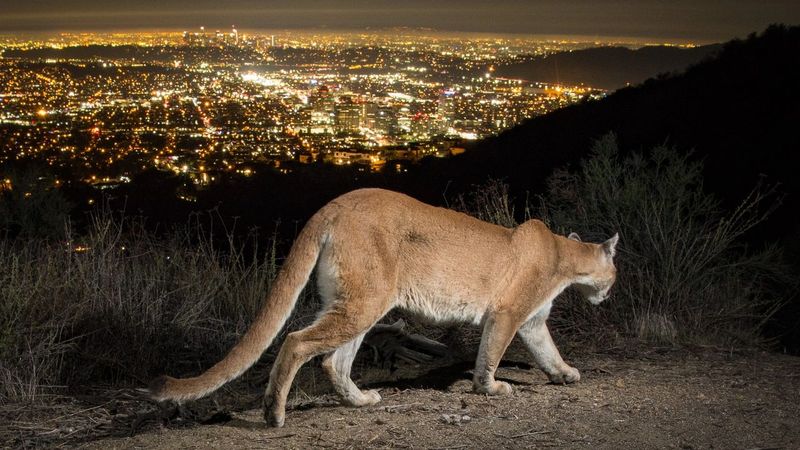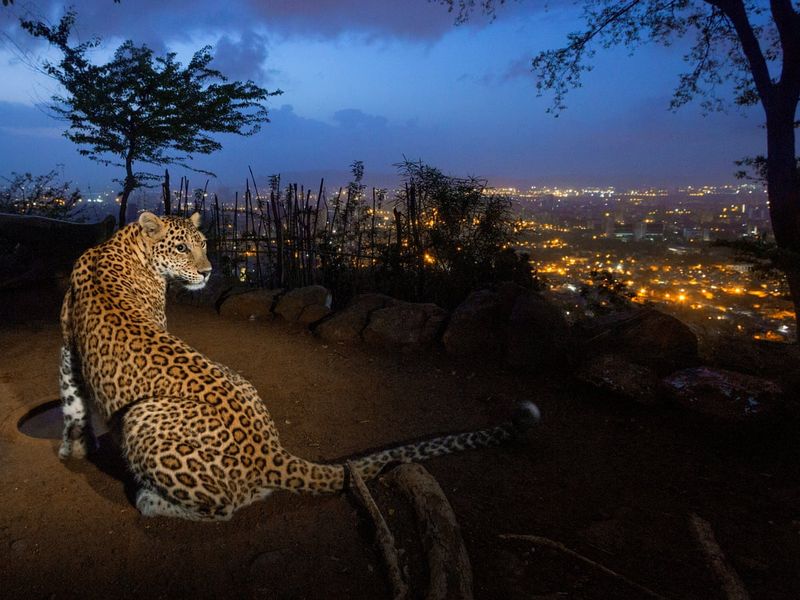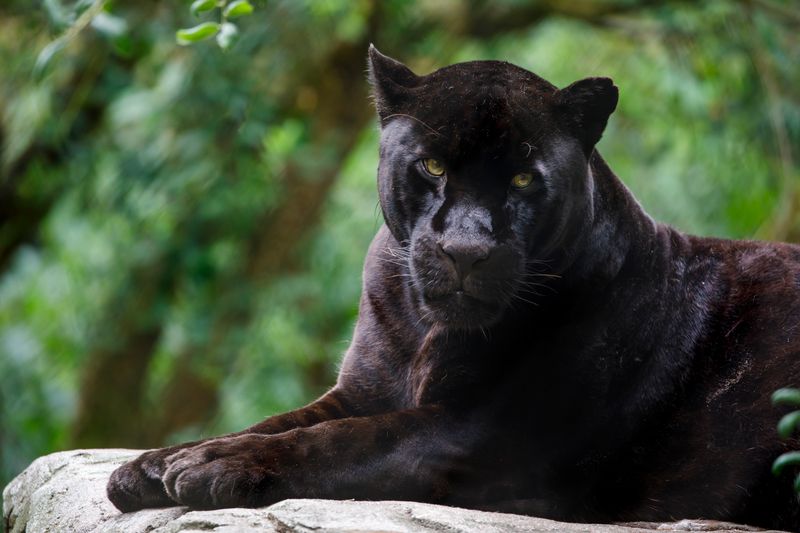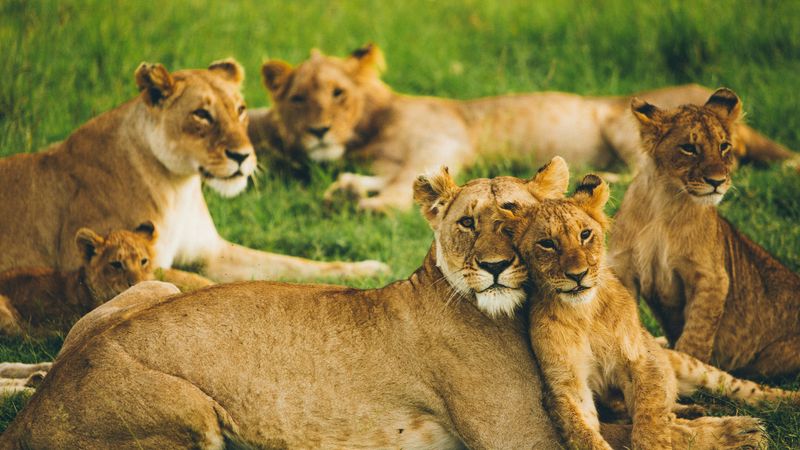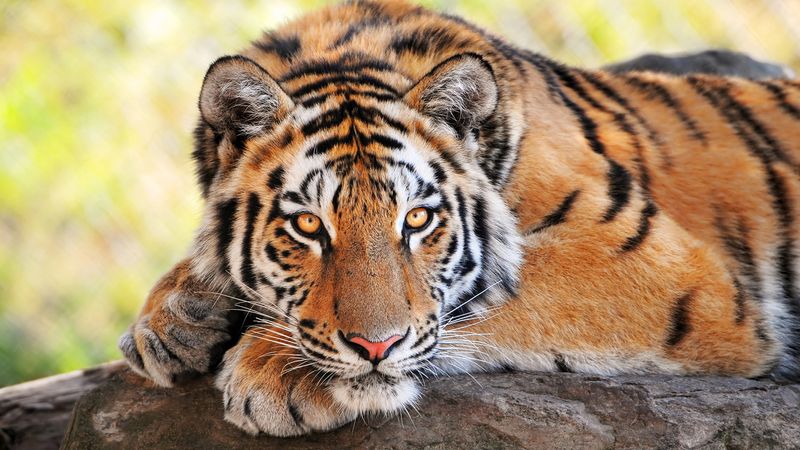📖 Table of Content:
- 1. Cheetahs’ Nocturnal Shift Due to Climate Change
- 2. Snow Leopards’ Seasonal Dietary Adaptations
- 3. Cougars’ Adaptation to Urban Environments
- 4. Leopards’ Dietary Flexibility in Urban Settings
- 5. Jaguars’ Versatile Diet Across Diverse Habitats
- 6. Lions’ Cooperative Hunting Strategies in Savannas
- 7. Tigers’ Stealth and Ambush Tactics in Dense Forests
Big cats are known for their adaptability, and one of the most fascinating aspects of this is how they adjust their diets in response to changing habitats. From the scorching savannas to the frigid mountains, these majestic creatures have developed unique strategies to ensure survival. This blog post explores seven intriguing ways big cats modify their feeding habits to cope with environmental challenges.
1. Cheetahs’ Nocturnal Shift Due to Climate Change
Cheetahs, traditionally daytime hunters, are shifting their routines due to climate change. As temperatures soar, they’ve begun hunting during cooler dawn and dusk hours. This new schedule pits them against nocturnal predators like lions, increasing competition and making prey scarcer. Researchers found that cheetahs’ nocturnal activity increased by 16% on the hottest days, with temperatures nearing 45°C. This behavioral shift highlights the profound impact of climate change on predator habits and interspecies relationships. Cheetahs’ adaptability underscores their resilience but also raises concerns about future conflicts in their already challenging environments.
2. Snow Leopards’ Seasonal Dietary Adaptations
In the harsh, rugged mountains, snow leopards showcase remarkable dietary adaptability. During the cold winter months, they focus on large prey like blue sheep and ibex, utilizing ambush tactics. As summer melts away the snow, these solitary felines become opportunistic hunters, targeting smaller mammals and birds. Their powerful hind legs and large paws are perfectly designed for navigating these unforgiving landscapes. Such seasonal dietary shifts illustrate their exceptional ability to survive in extreme conditions, adapting to the availability of resources with grace and precision.
3. Cougars’ Adaptation to Urban Environments
Cougars, or mountain lions, have become adept at living on the fringes of urban areas. They have broadened their diet to include domestic animals, such as dogs and goats, alongside their typical wild prey. This flexibility in diet helps them exploit new environments but also escalates human-wildlife conflicts. As cities expand into their habitats, cougars demonstrate remarkable adaptability, although this comes with increased risks and conservation concerns. Their ability to navigate both wild and urban landscapes is a testament to their resilience and resourcefulness.
4. Leopards’ Dietary Flexibility in Urban Settings
In bustling metropolises like Mumbai, leopards have adapted to urban life by altering their diet. Domestic animals now make up a significant portion of their meals, showcasing their ability to thrive amidst human developments. This dietary shift from wild prey to domestic sources underscores their survival instincts in rapidly changing habitats. While their adaptability is commendable, it also poses significant challenges for coexistence with humans, highlighting the need for thoughtful conservation strategies to ensure their survival alongside urban growth.
5. Jaguars’ Versatile Diet Across Diverse Habitats
Jaguars are masters of dietary versatility, hunting a variety of prey depending on their habitat. In the Amazon, they target animals like deer and tapirs, while in wetlands, they tackle aquatic species. Their capability to consume large prey, sometimes weighing up to 800 pounds, is crucial for sustaining their energy needs in diverse ecosystems. This adaptability not only secures their survival but also illustrates the jaguar’s role as a critical predator within its environment, balancing the ecological scales across rainforests and beyond.
6. Lions’ Cooperative Hunting Strategies in Savannas
In the vast savannas, lions have honed cooperative hunting strategies that set them apart. Operating in prides, they coordinate to take down large prey like wildebeests and zebras. This social hunting technique maximizes their efficiency and success rates. The savanna’s expansive landscape demands such teamwork, allowing lions to maintain their status as apex predators. Their ability to collaborate in these wide-open spaces not only ensures their dietary needs are met but also strengthens the social bonds within the pride, highlighting the importance of family and cooperation in survival.
7. Tigers’ Stealth and Ambush Tactics in Dense Forests
Tigers, the solitary giants of the forest, rely on stealth and ambush to capture their prey. Camouflaged by dense foliage, they silently approach unsuspecting animals, striking with precision. This method is perfectly suited to the thick, lush environments they inhabit, where visibility is limited, and stealth is paramount. Tigers’ ability to adapt their hunting techniques to their surroundings ensures they remain formidable hunters. Their solitary nature and incredible patience in stalking highlight their prowess as one of the most efficient predators on the planet.
